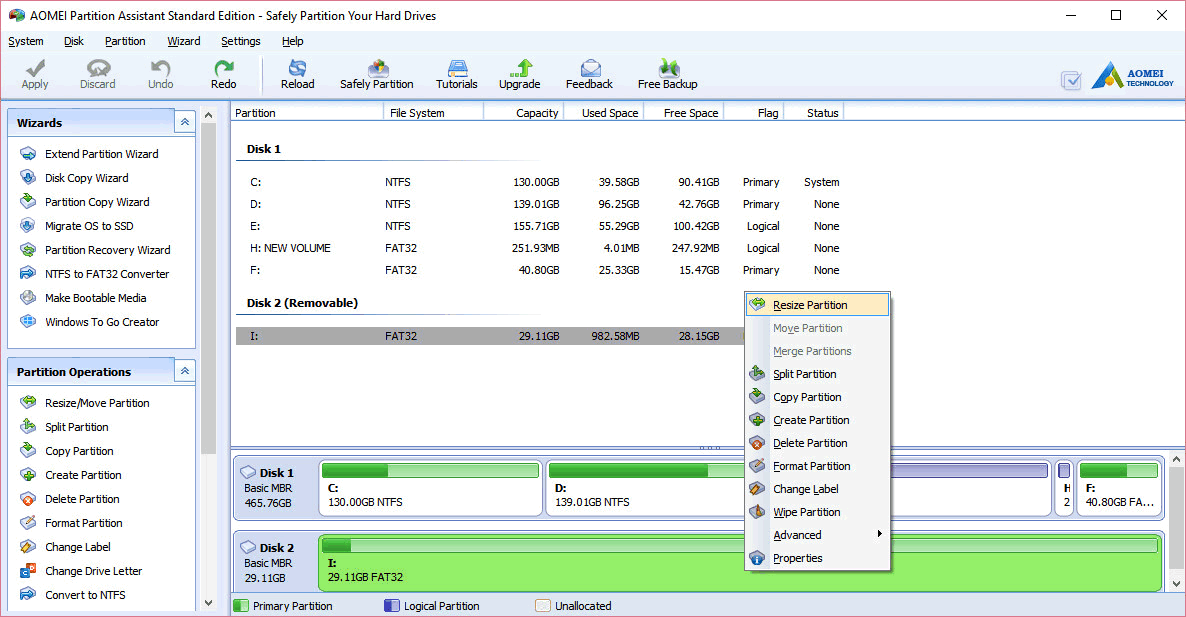Change Sd Card Serial Number Windows
SD (top), miniSD, microSD cards Media type Capacity SDSC (SD): 1 MB to 2 GB, some 4 GB were made SDHC. 40 Hadith For Islamic Schools Pdf To Word there. Contents • • • • • • • • • • • • • • • • • • • • • • • • • • • • • • • • • • • • • • • • • • • • • • • • • • • • • • Overview [ ] Secure Digital includes four card families available in three different sizes. The four families are the original Standard-Capacity (SDSC), the High-Capacity (SDHC), the eXtended-Capacity (), and the, which combines functions with data storage. The are the original size, the mini size, and the micro size. Electrically passive adapters allow a smaller card to fit and function in a device built for a larger card. The SD card's small footprint is an ideal storage medium for smaller, thinner and more portable electronic devices.
SD (SDSC) [ ]. This section does not any.

Unsourced material may be challenged and. (October 2016) () The second-generation Secure Digital (SDSC or Secure Digital Standard Capacity) card was developed to improve on the (MMC) standard, which continued to evolve, but in a different direction. Secure Digital changed the MMC design in several ways: • Asymmetrical shape of the sides of the SD card prevent inserting it upside down (while an MMC goes in most of the way but makes no contact if inverted).
• Most SD cards are 2.1 mm (0.083 inches) thick, compared to 1.4 mm (0.055 inches) for MMCs. The SD specification defines a card called Thin SD with a thickness of 1.4 mm, but they occur only rarely, as the SDA went on to define even smaller form factors. • The card's electrical contacts are recessed beneath the surface of the card, protecting them from contact with a user's fingers. • The SD specification envisioned capacities and transfer rates exceeding those of MMC, and both of these functionalities have grown over time.
For a comparison table, see. • While MMC uses a single pin for data transfers, the SD card added a four-wire bus mode for higher data rates. • The SD card added (CPRM) security circuitry for (DRM) content-protection. • Addition of a write-protect notch Full-size SD cards do not fit into the slimmer MMC slots, and other issues also affect the ability to use one format in a host device designed for the other. Official SDHC logo The Secure Digital High Capacity (SDHC) format, announced in January 2006 and defined in version 2.0 of the SD specification, supports cards with capacities up to 32 GB. The SDHC trademark is licensed to ensure compatibility. SDHC cards are physically and electrically identical to standard-capacity SD cards (SDSC).
The major compatibility issues between SDHC and SDSC cards are the redefinition of the Card-Specific Data (CSD) register in version 2.0 (see ), and the fact that SDHC cards are shipped preformatted with the file system. Version 2.0 also introduces a High-speed bus mode for both SDSC and SDHC cards, which doubles the original Standard Speed clock to produce 25. SDHC host devices are required to accept older SD cards. However, older host devices do not recognize SDHC or SDXC memory cards, although some devices can do so through a firmware upgrade. Older Windows operating systems released before Windows 7 require patches or service packs to support access to SDHC cards. Official SDXC logo The Secure Digital eXtended Capacity (SDXC) format, announced in January 2009 and defined in version 3.01 of the SD specification, supports cards up to 2 TB (2048 GB), compared to a limit of 32 GB for SDHC cards in the SD 2.0 specification. SDXC adopts Microsoft's file system as a mandatory feature.
